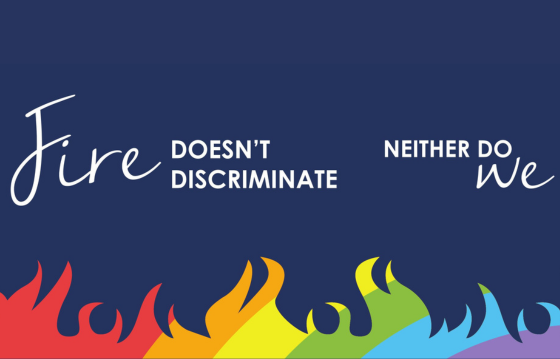
The importance of Diversity and Inclusion
Diversity and inclusion are central to our core values and bring many benefits to our organisation. Having a diverse and inclusive workforce improves team performance, communication, innovation and wellbeing. An inclusive workforce results in individuals who feel confident, valued and able to deliver the best service to our communities and each other.
WYFRS promotes equality of opportunity for all by fostering good relations. We work under the Public Sector Equality Duty to eliminate illegal behaviour such as discrimination, harassment and victimisation. We have an organisational and moral responsibility to promote diversity and inclusion across all protected characteristics: race, sex, disability, age, sexual orientation, religion or belief, gender reassignment, marriage and civil partnerships and pregnancy and maternity. Our approach to diversity and inclusion is to ensure everyone is invested and included in our journey. We promote dignity and respect, kindness, allyship and appreciate the value that any individual can bring to the workplace. We respect each and everybody’s individual journey and we hope to provide staff with the knowledge, skills, and awareness of why and how we do this.